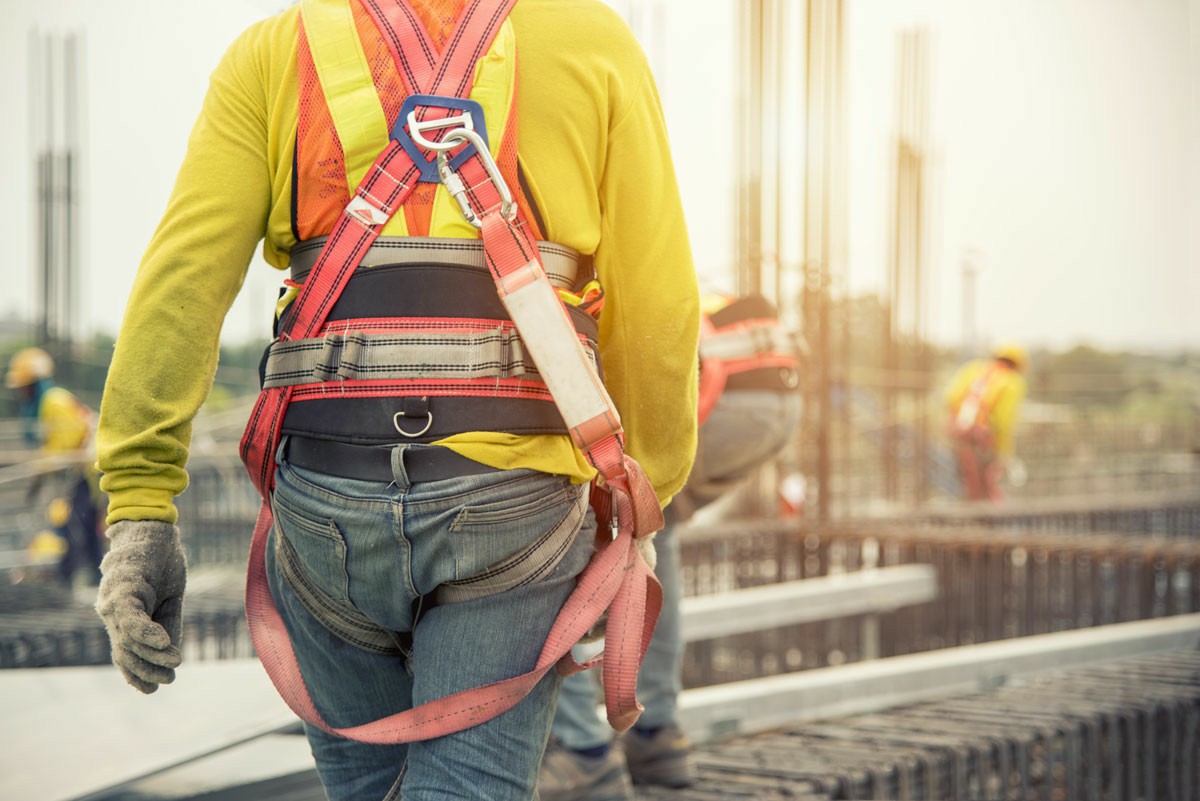


 349,500 Offered Certificates
349,500 Offered Certificates
 24/7 Online Training
24/7 Online Training
 Money Back Guarantee
Money Back Guarantee
 Fully Accredited Courses
Fully Accredited Courses

Created at: 22-02-2025 17:08
Working at heights presents unique challenges that can significantly increase the risk of workplace accidents. Therefore, conducting thorough risk assessments is not just a regulatory requirement but a vital practice for ensuring safety. In this blog post, we will explore best practices for conducting risk assessments prior to working at heights, outline common risk factors, and emphasize how training prepares workers to assess hazards effectively.
Risk assessments are critical for several reasons:
Effectively assessing risks before working at heights involves a systematic approach. Here’s a step-by-step guide:
Begin by examining the specific area where work at height will take place. Consider factors such as:
Clearly document any hazards present in the work area, including:
Assess the likelihood and severity of potential incidents occurring from the identified hazards. Use a risk matrix to categorize risks as low, medium, or high.
After evaluating risks, implement control measures such as:
Ensure that all team members are informed about the identified risks and the corresponding control measures. Clear communication is vital for maintaining a safe work environment.
Regularly review the risk assessment process to adapt to new conditions or changes in work practices. Continuous improvement is crucial in maintaining safety.
While every worksite will present its unique risks, some common factors include:
Investing in Working at Heights Training equips workers with the necessary skills to recognize and respond to potential hazards. Here are ways training contributes to effective hazard assessment:
Many organizations have improved safety records through diligent risk assessments:
For instance, a construction company in Dublin implemented a thorough risk assessment strategy for all projects involving heights. By identifying risks and establishing strict control measures, they reduced falls by 60% within the first year.
Similarly, a maintenance company in Cork adopted a rigorous training program. Their emphasis on risk assessments not only improved employee safety but also boosted overall morale, showing that a commitment to safety pays dividends.
Conducting risk assessments before working at heights is essential for minimizing hazards and ensuring compliance with safety regulations. By following the outlined step-by-step procedures and emphasizing the importance of training, businesses can create safer work environments. Don't wait for an accident to occur—integrate robust risk assessment protocols into your workplace today!
For more information on Working at Heights Training, visit Working at Heights Course or contact us at [email protected].